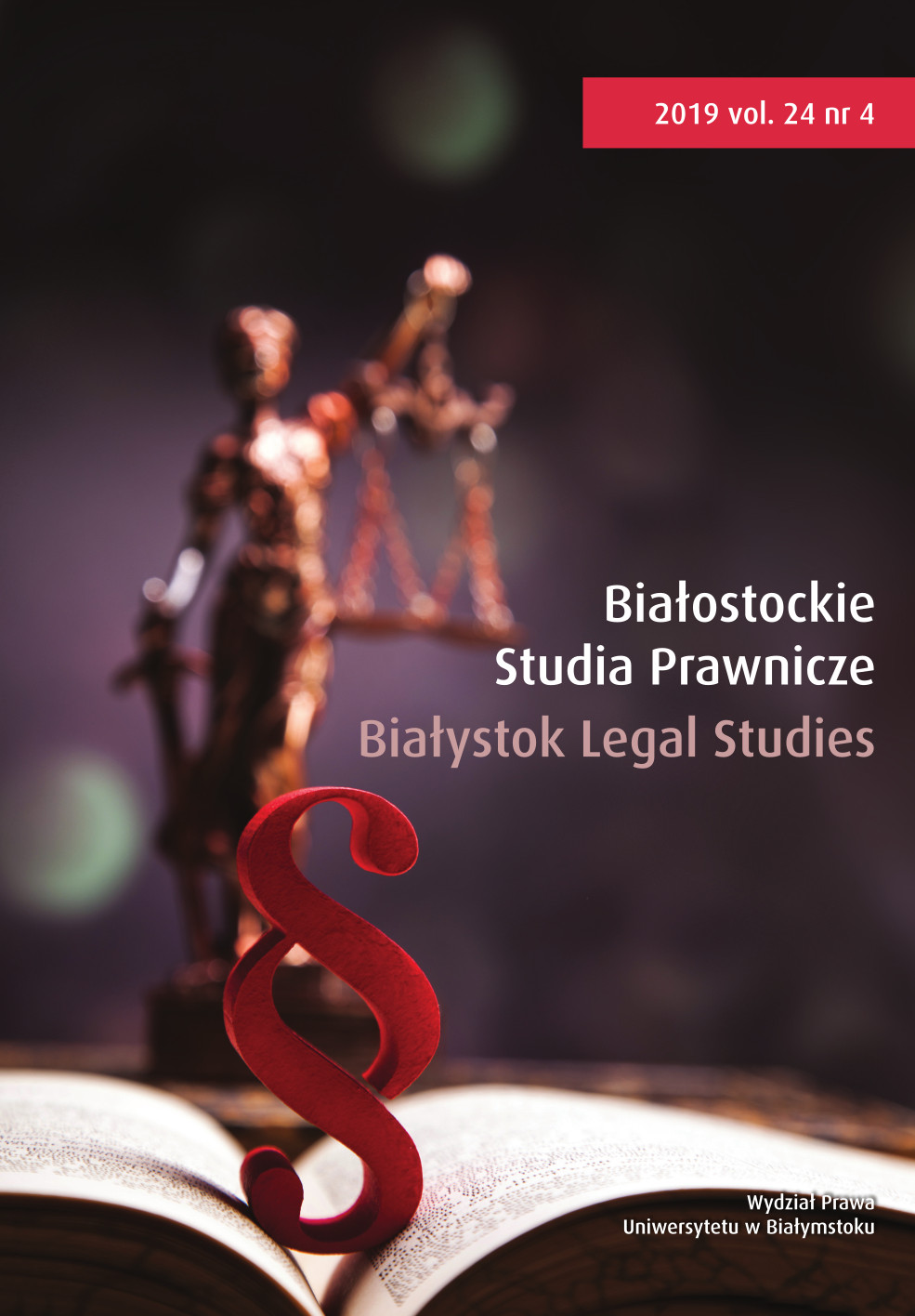Konstrukcja instytucji referendum ogólnokrajowego w estońskim systemie ustrojowym
The Construction of the Institution of a Nationwide Referendum in the Estonian Constitutional System
Author(s): Katarzyna SzwedSubject(s): Politics / Political Sciences, Law, Constitution, Jurisprudence, Constitutional Law
Published by: Temida 2
Keywords: Estonia; referendum; direct democracy; demokracja bezpośrednia
Summary/Abstract: Currently, the only form of direct democracy in Estonia is the referendum. The Constitution of the Republic of Estonia adopted in 1992, provides for both obligatory and optional referendums. Constitutional, legislative and referendums related to certain issues are distinguished according to the subject matter of the vote. The institution was also known to the Estonian Constitution of 1920. While the referendum plays a limited role in Estonian political life, it still remains a crucial element of its constitutional system. It should be noted that thus far its use has been limited to important issues such as the adoption of the constitution and accession to the structures of the European Union. In Estonia, the exclusive right to hold a referendum is vested in the parliament, or the order to hold a referendum results directly from constitutional provisions. A referendum shall be deemed to be binding regardless of voter turnout. The main objective of the study is to analyse the legal construction of the institution and to identify the reasons behind the minimal application of referendums in the country’s political practice. The chronological scope of the work includes the practice of using referendums since 1991.
Journal: Białostockie Studia Prawnicze
- Issue Year: 4/2019
- Issue No: 24
- Page Range: 119-132
- Page Count: 14
- Language: Polish

